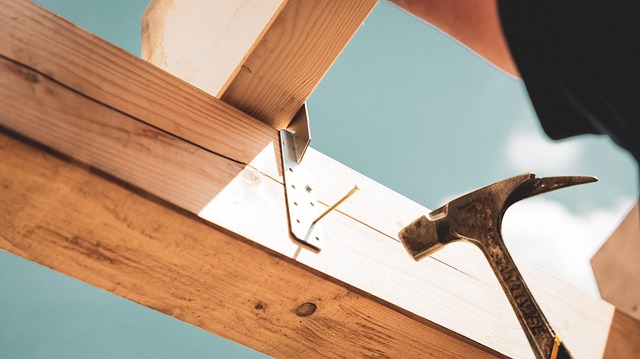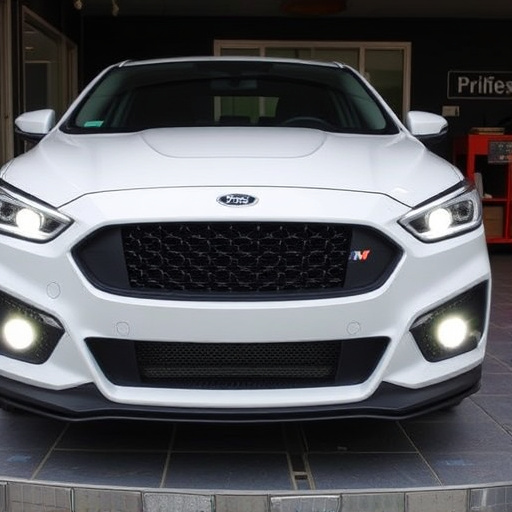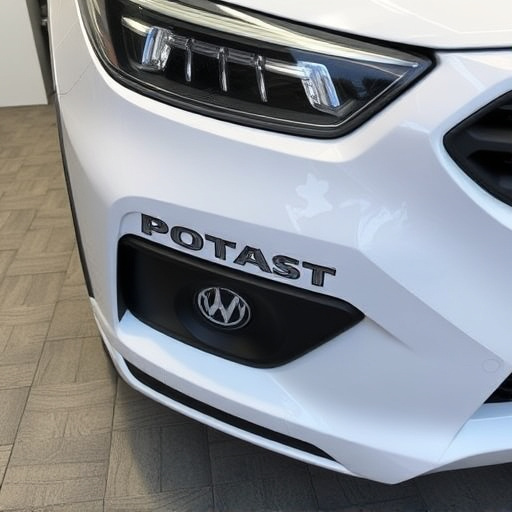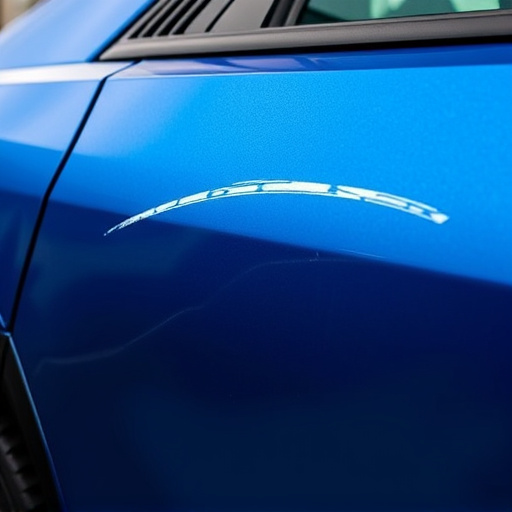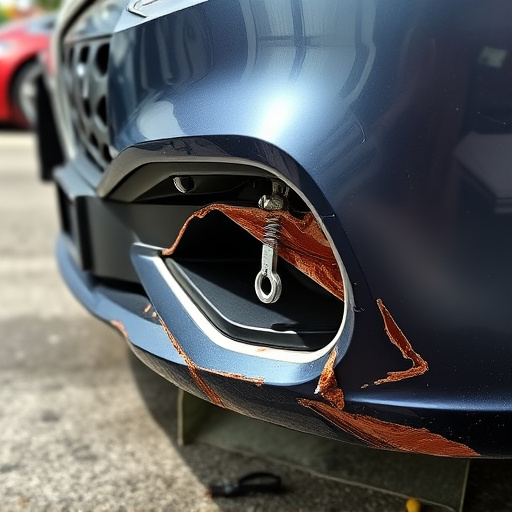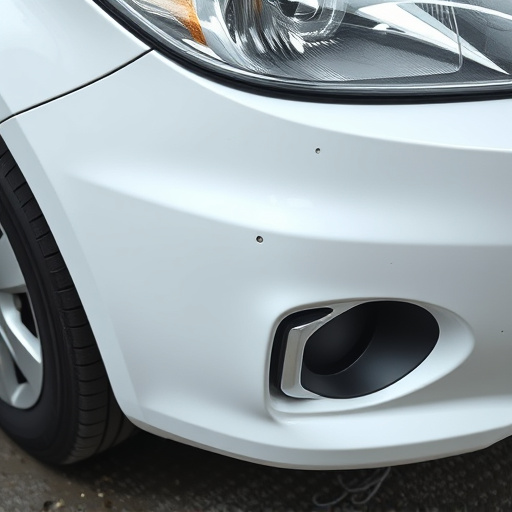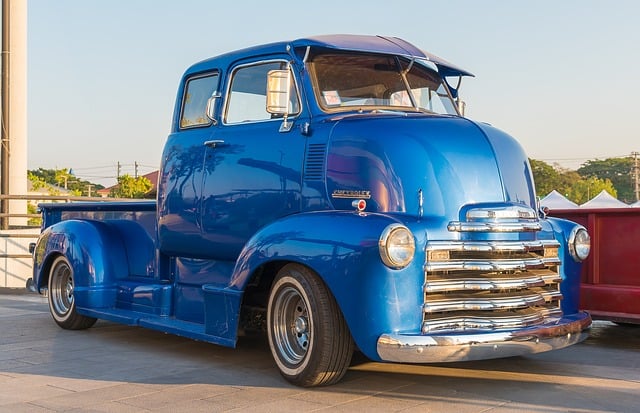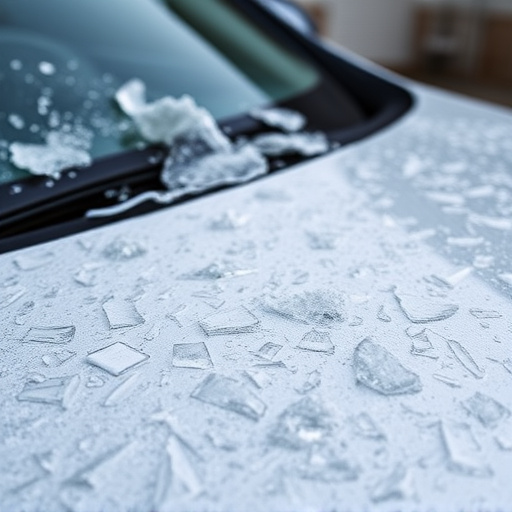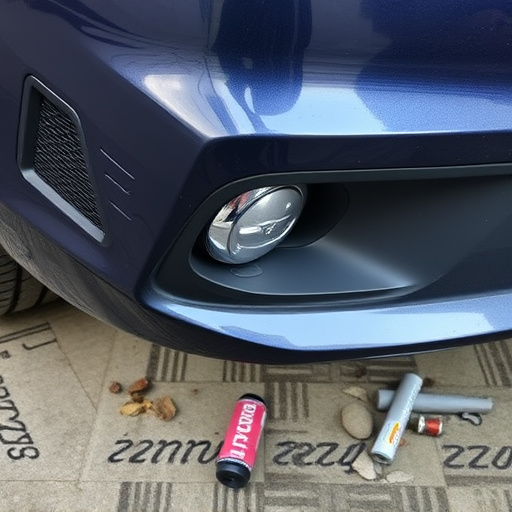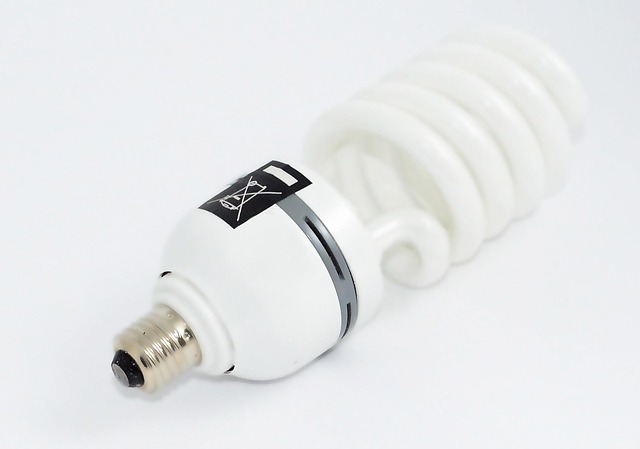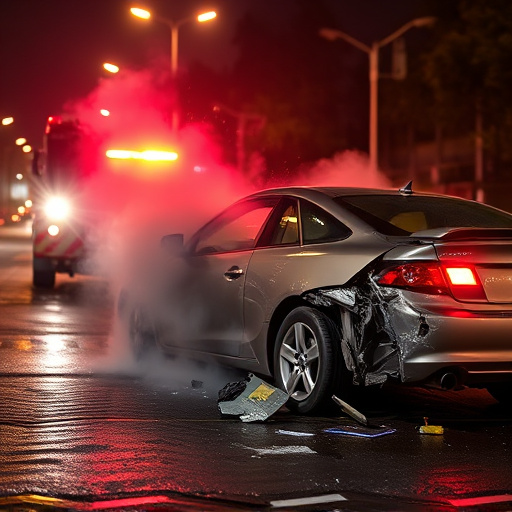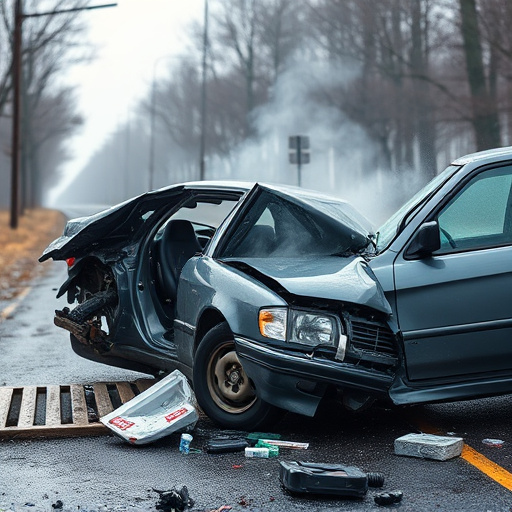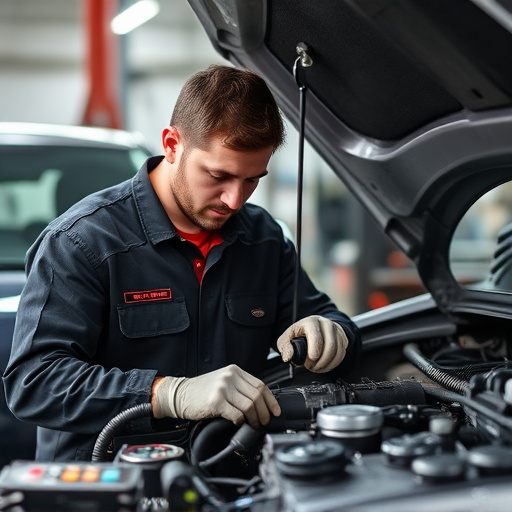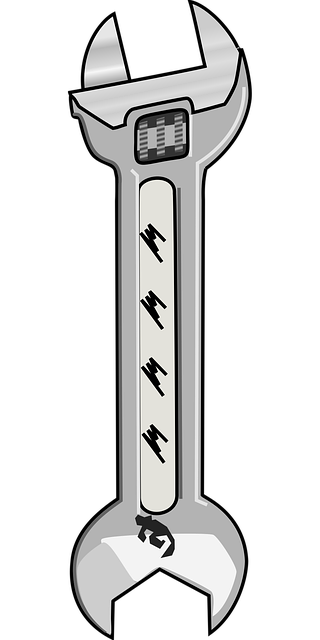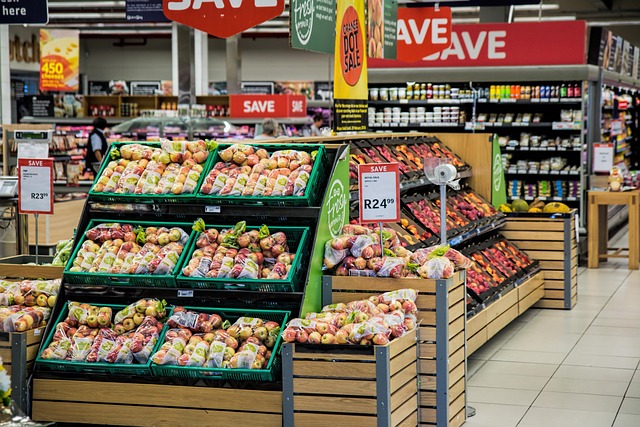Computerized paint matching technology revolutionizes auto finishes, enabling accurate color replication through advanced algorithms and databases. This transforms dent repair, glass replacement, and classic car restoration by speeding up mixing and reducing human error, achieving flawless results with vintage or modern shades. Despite challenges like lighting and surface variations, skilled technicians ensure expert repairs for precise Mercedes Benz collision repair or paintless dent removal.
Discover the fascinating world of computerized paint matching, a revolutionary technology transforming custom finishes. This article explores how advanced algorithms accurately replicate colors for perfect matchings. From understanding the technology’s core principles to delving into the step-by-step process and benefits, we demystify this game-changing innovation. We also examine challenges, offering insights for professionals navigating this dynamic field. Embrace the future of painting with computerized paint matching.
- Understanding Computerized Paint Matching Technology
- The Process: From Sample to Custom Finish
- Benefits and Challenges in Paint Matching
Understanding Computerized Paint Matching Technology
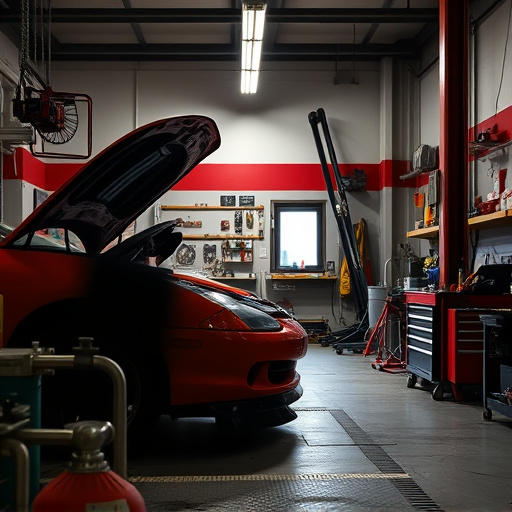
Computerized paint matching technology has revolutionized the way custom finishes are created and applied, particularly in the automotive industry. This innovative system utilizes advanced algorithms and intricate databases to precisely match and replicate paint colors, ensuring a flawless finish on vehicle dent repair, auto glass replacement, or car collision repair projects. By capturing and analyzing the unique color code and specifications of existing paint jobs, these systems can produce identical matches, even for hard-to-find or discontinued shades.
The process begins with the input of a specific paint color, usually through a code or swatch. The computerized system then cross-references this information against its vast library of color data, considering factors like hue, saturation, and value (HSV) to find an exact match. This technology not only speeds up the paint mixing process but also reduces human error, ensuring consistent and high-quality results in vehicle body shops and custom car painting services.
The Process: From Sample to Custom Finish
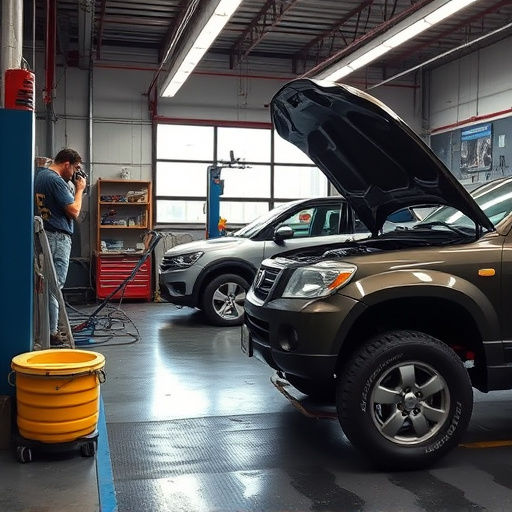
The process of computerized paint matching is a technological marvel that transforms custom finishes from a time-consuming art into a precise science. It all begins with a sample—a small piece of the car’s existing panel, or a swatch provided by the client. This sample is then fed into a specialized machine, often part of a comprehensive classic car restoration system. The machine scans and analyzes the sample, breaking down its unique color composition and identifying its specific pigments and light reflection properties.
Through advanced algorithms, the computerized paint matching system replicates this composition, ensuring an exact match for the desired custom finish—be it a vintage shade or a modern hue. This technology is particularly useful in car body restoration, even for intricate or hard-to-find colors, making it a game-changer in the field of paintless dent repair. The precision and speed of computerized paint matching revolutionize the process, allowing restorers to create stunning, one-of-a-kind finishes with efficiency and accuracy.
Benefits and Challenges in Paint Matching
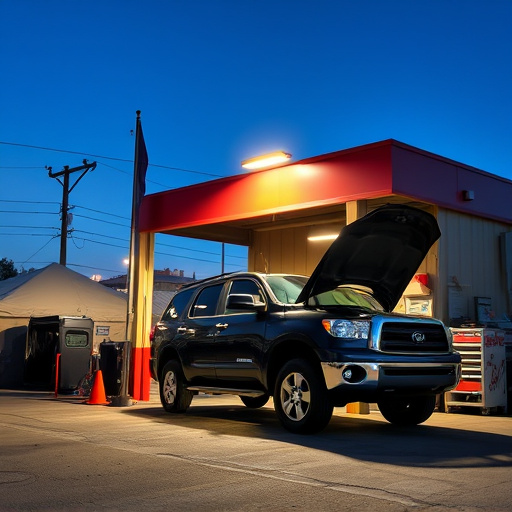
Computerized paint matching has revolutionized car paint repair, offering numerous benefits for both auto repair shops and vehicle owners. This advanced technology enables precise color replication, ensuring that custom finishes match perfectly with the original car paint. With computerized systems, auto repair shops can achieve a level of accuracy and efficiency previously unattainable, saving time and resources while delivering high-quality results. Customers benefit from faster turnaround times and accurate color matching, enhancing their satisfaction with the repair process.
Despite these advantages, challenges remain in the realm of paint matching. Factors such as varying light conditions, different surface textures, and subtle variations in base colors can impact the final match. Additionally, older vehicles or those with unique or custom finishes may present more complex matching issues. Auto repair shops must possess skilled technicians who understand how to navigate these complexities using computerized paint matching systems, ensuring Mercedes Benz collision repair or car paint repair is done expertly and accurately.
Computerized paint matching technology revolutionizes custom finishes by accurately replicating desired colors. Through advanced algorithms, this process transforms sample swatches into precise matchings, streamlining production and ensuring consistency. While challenges exist in handling unique or complex pigments, ongoing advancements continue to improve accuracy and accessibility, making computerized paint matching an indispensable tool for professionals seeking tailored, high-quality results.
